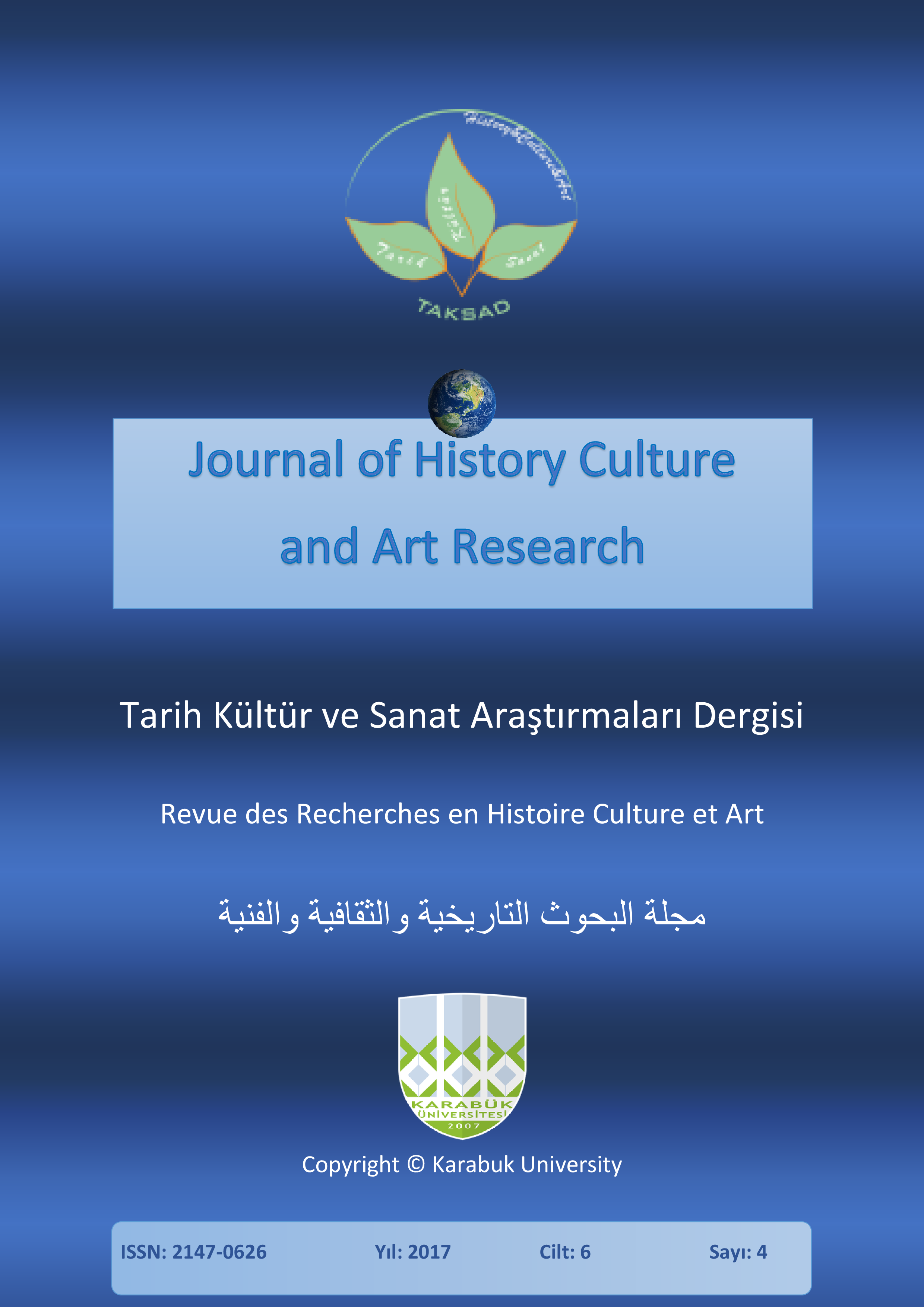Effects of Interactivity between Audience and Urban Advertisement
DOI:
https://doi.org/10.7596/taksad.v6i4.1132Keywords:
Interactivity, Audience, Interactive Advertising, Urban Advertising.Abstract
Nowadays, advertisement plays an important and impressive role in our lives and we are witnessing different works in this field. The emergence of new technologies in this field has led to the arrival of a new style of advertising with different interactivity and administrative functions. Interactive advertising is considered as one of the most up to date urban advertising. With regard to the arrival of this new style of advertising and using them in different countries, this research investigates the effectiveness of an advertisement’s interaction with the audiences in urban advertising through a descriptive/analytical approach as well as field study with regard to the type of advertising usage including commercial, promotional, educational, social etc. It is assumed that an interactive advertising confronts the audience with many challenges and makes him from a static and watching audience to an actor and explorer audience. In such advertisements, the audience enters a path with interactivity where the advertisement guides him and audience responses positively to this action; after a simple activity and in some cases, he interacts and communicates with the advertisement just by passing by it. In interactivity advertisements in urban spaces, the artist pays much attention to audience participation for challenges or performing specific activity that will lead to a result. The use of interactive advertising in various forms such as billboards, stands, and advertisements at bus stops and so on has increased in recent years, developed countries, and countries that are more familiar to technologies. These works are considered a new step in the field of urban advertising. This research selects samples of using such creative advertisements, especially in commercial areas in different countries as well as Iran. It considers the producing method, ideation, and effectiveness of each in a specific period as well as their installation and commissioning places. The results emphasize on more effectiveness of interactive advertising as well as more contribution of audiences in the process of advertising in comparison to simple and non-interactivity advertising.
References
Baskabadi, M.; Sheikh Mahdi, A. & Nedaei, A. (2010). Postmodern features in Multimedia art. Tehran.
Bialoskorski, L. S. S.; Westernik, J. H. D. M. & Van den Broek, E. L. (2009). Mood Swings: design and evaluation of affective interactive. New Review of Hypermedia and Multimedia, 15(2), 173-191.
Fardini Torknejad, Zahra (2013). Factors affecting consumers' attention on advertisement billboards. Thesis, Department of Business Administration. Tehran Martyr Beheshti University.
Muller, L.; Edmonds, E. A. & Connell, M. (2006). Living Laboratories for Interactive Art. Co-Design: International Journal of Co-Creation in Design and the Arts, 2(4), 195–207.
Pierre Maurer, M. & Allen, L. S. (1994). Urban spaces (design, implementation, management), translators: Hussein Rezai Mir Mojabi, Mohsen Rasuli. Tehran: Tehran Public and International Relations Department of Tehran Municipality.
Rash, M. (2010). New media in art of the twentieth century. Tehran: Nazar
Vogel, D. J. (2005). Interactive Public Ambient Displays. Master of Science Thesis. Graduate Department of Computer Science. University of Toronto.
Downloads
How to Cite
Issue
Section
License
All papers licensed under Creative Commons 4.0 CC-BY.- Share — copy and redistribute the material in any medium or format
- Adapt — remix, transform, and build upon the material for any purpose, even commercially.
Under the following terms:
Attribution — You must give appropriate credit, provide a link to the license, and indicate if changes were made. You may do so in any reasonable manner, but not in any way that suggests the licensor endorses you or your use.
- No additional restrictions — You may not apply legal terms or technological measures that legally restrict others from doing anything the license permits.







